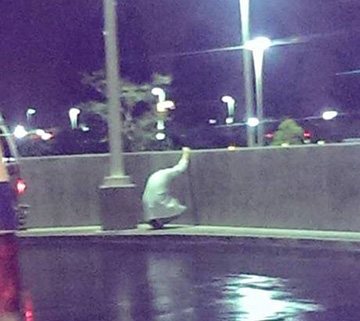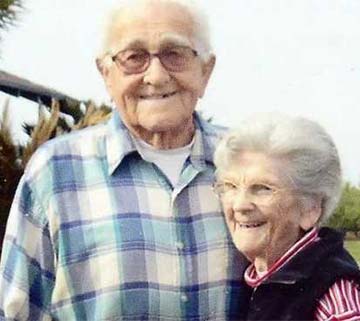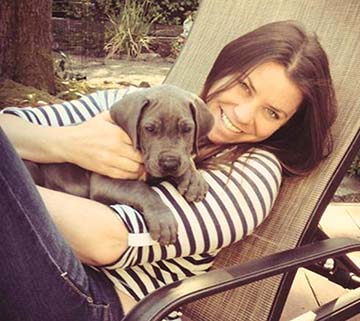What you need to know about ash scattering
Scattering the ashes of a loved one is a very personal, emotional and private event. It can help to understand the rules and regulations around doing this in both private and public spaces.
Human ashes don’t provide a health hazard to the living or to the environment. The remains are essentially powdered fragments of the deceased person’s bones. All metal and other elements are removed before being given to the family.
It’s good to note that many mountaineering societies request that human ash isn’t scattered on high hills and mountainsides as the remains have been shown to have a negative impact on alpine plants. The ash covers delicate foliage and can sometimes destroy the plant.
It quickly becomes apparent that there are contradictions and differences between countries and societies when it comes to scattering the ash of a deceased loved one.
Here are some common rules that countries like Ireland, the UK, Canada, Australia and the USA all share:
You can scatter ashes on property that you own without any permission.
If the space is privately owned, you’ll need to get permission from the owner.
In the UK, local authority-owned space can require permission. Many decide to go ahead and scatter or bury ashes without permission. Be aware that can create issues with some vigilant park wardens. It could potentially ruin a sacred moment if someone in a high-vis vest picks a fight with you about the ‘rules’.
Some Botanic Gardens (such as Kew Gardens in London) allow ash scattering once you seek permission.
Scattering ashes on a waterway is permissible unless it is an owned stream, river or lake where you should ask the owner for permission.
If the ceremony takes place from a pier, you are requested to ask permission from the Harbourmaster.
Scattering ashes at sea doesn’t require permission. However, an exception is California in the US specifically prefers if the ashes are scattered at least 500 yards off the coast.
If you’d like to scatter ashes on a family grave you should know that some cemeteries don’t allow this. Some cemeteries also charge fees for interment (or burial) of urns containing ashes into a grave.
If you want to transport ashes to another world-wide location:
Most airlines and shipping companies require ashes to be contained in non-metallic containers.
You’ll also need a statement from the crematorium identifying that these are the remains for your deceased loved one.
There are exceptions to the above. For example, Quantas doesn’t require any specific containers or certificates for ashes flown out of Australia.
Be aware that remains will be screened through security as any object going on a plane.
If you would like to transport ashes into other countries it is best to contact the relevant consulate authorities.
Scattering ashes in US National Parks is allowed but it needs to take place away from other people and 90 metres away from water.
Amusement parks like Disney World prohibit ash scattering of any kind.
Ash scattering is facilitated by many ferry and cruise companies like P&O and Carnival Cruises. They frequently assist families with memorials and can facilitate services. Each company has different ways of approaching this but can usually provide the family with a private space on board to conduct a ceremony. Materials dispersed from the ship must all be biodegradable.
Be aware of prevailing wind when scattering or casting out the ashes. Make sure that you know the direction of travel is the one that you want.






